Bossa Nova Jazz Part IV
Following the previous article on the theme of bossa nova jazz, this is Bossa Nova-like Jazz, Part IV, which takes up jazz with bossa nova music as its starting point.
Answers from Jazz Music to Brazilian Music
In the previous issue, I introduced bossa nova jazz, or in other words, bossa nova-flavored jazz, in which jazz musicians who are strongly influenced by bossa nova music play bossa nova in the jazz idiom.
This time, I would like to introduce some masterpieces in which musicians with jazz skills did not incorporate elements of bossa nova, but rather they played bossa nova with their own musical skills while respecting the existing bossa nova music.
Introducing albums by two Miles Davis Band natives!
The history-making event is the introduction of two musicians, an organist and a guitarist, both of whom came from the Miles Davis Band.
Up to the present day, musicians from the Miles Davis Band have been at the center of the jazz scene and have created a lot of jazz. Wayne Shorter, Joe Zawinul, Bill Evans, John Coltrane, Cannonball Adderley, Tony Williams, to name a few.
The Miles Davis-derived influence, leadership, and creativity were so strong that a person from the Miles Band is said to be “a musician without mistakes”.
■ Recommended album: Joey DeFrancesco, ESTATE (2008)
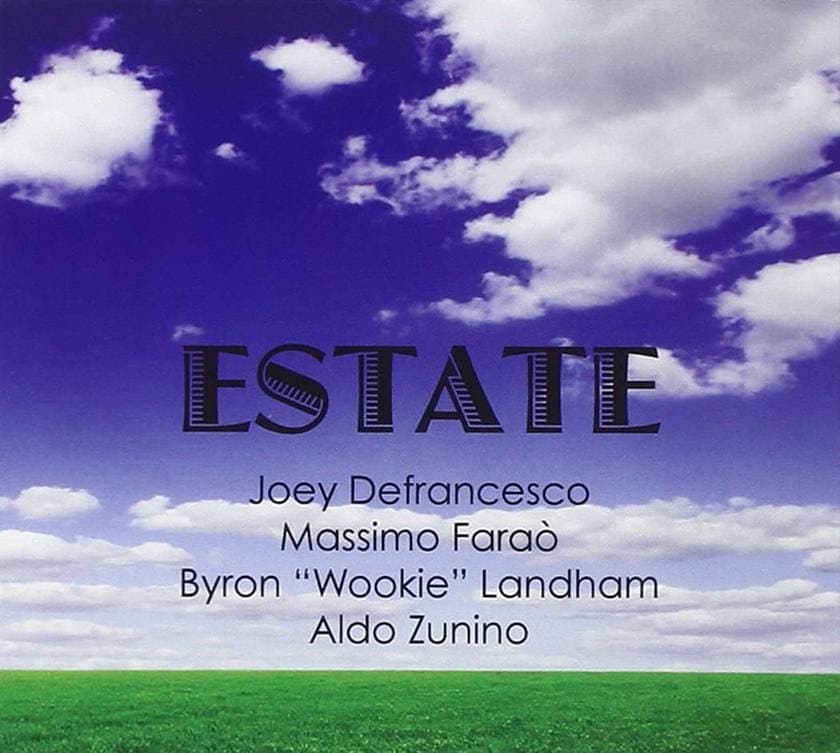
Recommended Song: “Estate (Summer)”
In this track, DeFrancesco uses the famous bossa nova song “Estate” as material to develop his own style of “Estate”.
The song's tempo is an even slower version of the melancholic melody, emphasizing the song's languid feel.
The album features Massimo Farao as pianist. Massimo Farao is an Italian pianist born in 1965 and he has released many solo albums.
The interplay between this Pharaoh and DeFrancesco on acoustic piano and Hammond organ is arguably the highlight of this track. The mutual reaction of the performers indicates that this was a one-take recording. Both performers are improvising solos with beautiful melodic lines.
Francesco also plays trumpet. In the outro section of “Estate,” DeFrancesco's trumpet playing is also a must-listen. DeFrancesco plays the trumpet with his right hand while playing chords backing and bass lines on the Hammond. This is a track where DeFrancesco's genius is on display without regrets.
Recommended Song: “Fly Me to the Moon”
The beginning of the song begins with a trick so common in jazz that it could be mistaken for “Summertime”.
The tempo of the early waltz is surprisingly fast, with Francesco's Hammond and Pharaoh's piano playing in unison.
Francesco's rapid Hammond playing in the latter part of the piece is, as usual, overwhelming.
■ Recommended album: Joe Beck Trio, Brazilian Dreamin’ (2009)
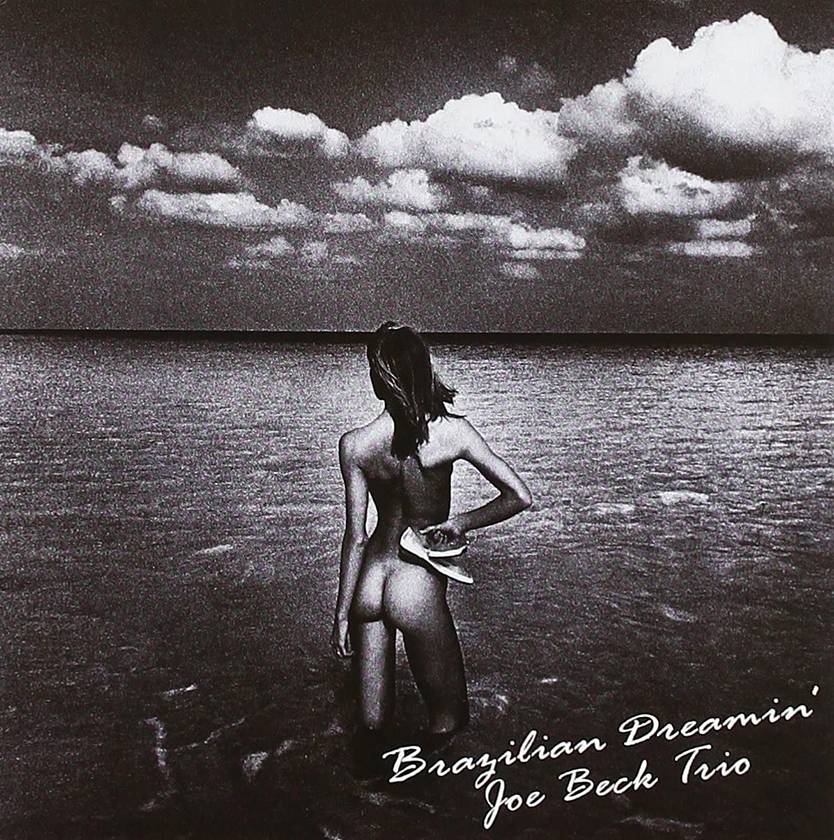
This is a masterful jazz-bossa-themed album released by jazz guitarist Joe Beck.
The cover features a photograph by French photographer Jean-Lou Schiff, and the stylish setting evokes the coast of Rio de Janeiro.
Joe Beck, who has played with Miles Davis, is one of my favorite guitarists because of his well-played phrases. His first album is also very well done.
You could say that this is a jazz guitarist's answer to the bossa nova genre of music.
Many of the songs featured are important bossa nova tunes, such as Jobim’s “Manha de Carnival,” “O Grande Amor,” “Felicidade,” and “Ela é Carioca”.
Since the trio plays without piano, Beck's guitar plays out beautifully, making the most of the space with few chord backing sounds.
Originally, Joe Beck was a guitarist who joined the Miles Band when Miles Davis' music was electrified. Since his nominator was Gil Evans, he has a different phrasing development than the older type of guitarists.
Gregoire Maleher, harmonica player of the Pat Metheny Group, is also featured on two tracks, and his saudade-like tone enhances the Brazilian flavor.
Recommended Song: “Brazilian Dreamin’”
The introduction starts with chord cutting with a stylish melody. From the introduction, we are surprised by the development of the song, which is not a bossa nova.
The track is covered with several guitars, including Beck's electric and acoustic guitars, and from the A melody, there is an acoustic guitar backing, which brings us back to the bossa nova field. The first solo is an acoustic guitar ad-lib, which is followed by an electric guitar ad-lib. Beck's solo is full of soul, and the phrasing, which is different from straight-ahead jazz, gives the impression of a new generation of guitarists. However, he also has a solid foundation as a jazz guitarist, as in the guitar solo in the latter half of the song, where he plays an octave technique similar to that of Wes Montgomery.
Recommended Song: “Falando De Amor”
The opening A-melody theme begins with Gregoire Maleher, harmonica player in the Pat Metheny Group. A surprising development in an album under the guitarist's name. The harmonica playing of Gregoire Malehar, who sings a melody full of saudade, is one of the best in the world. I can't help but agree that it’s the harmonica that plays this melody, not the guitar.
The harmonica solo is so ingenious that the tempo of the guitar backing is doubled.
Musicians, albums, and recommendations featured in this issue
- Artist: Joey DeFrancesco, Massimo Pharaoh, Joe Beck Trio
- Albums: ESTATE and Brazilian Dreamin’
- Songs: “Estate”, “Brazilian Dream’”, “Falando De Amor”
⇨ SOUND HOUSE Piano/Synthesizer List
The “sound & person” column is made up of contributions from you.
For details about contributing, click here.











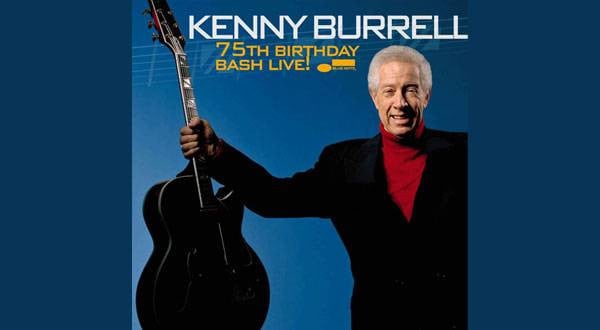
![[Acoustic] Bossa Nova Recommendation](/contents/uploads/thumbs/5/2020/6/20200608_5_10270_1.jpg)
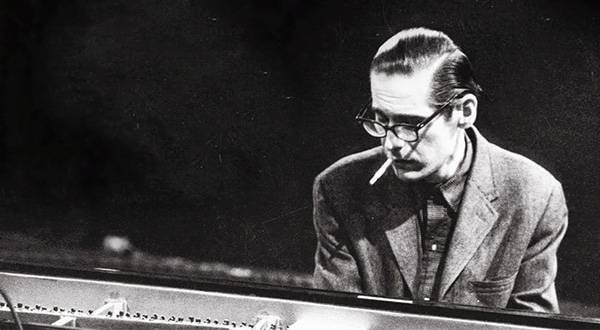
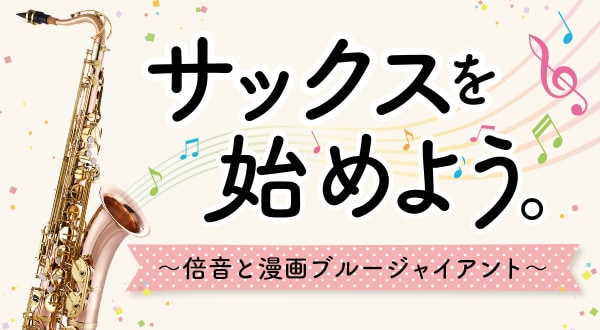
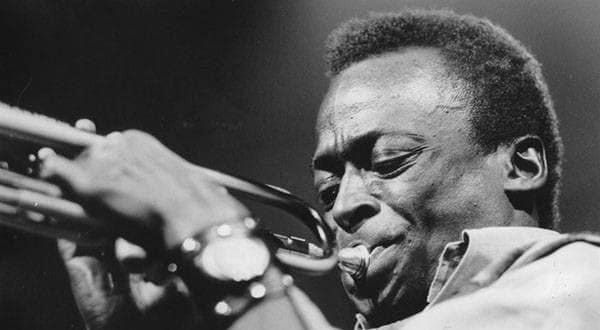
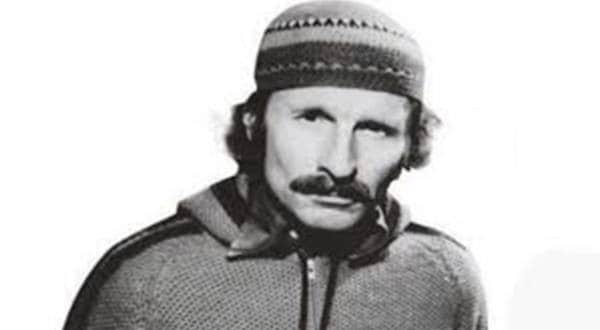
 ハーモニカスタートガイド
ハーモニカスタートガイド
 ベーススタートガイド
ベーススタートガイド
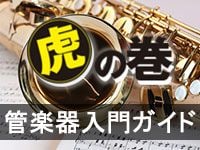 サウンドハウス虎の巻 管楽器入門ガイド
サウンドハウス虎の巻 管楽器入門ガイド
 キーボードスタートガイド
キーボードスタートガイド
 ギタースタートガイド
ギタースタートガイド
 DJ入門講座
DJ入門講座















